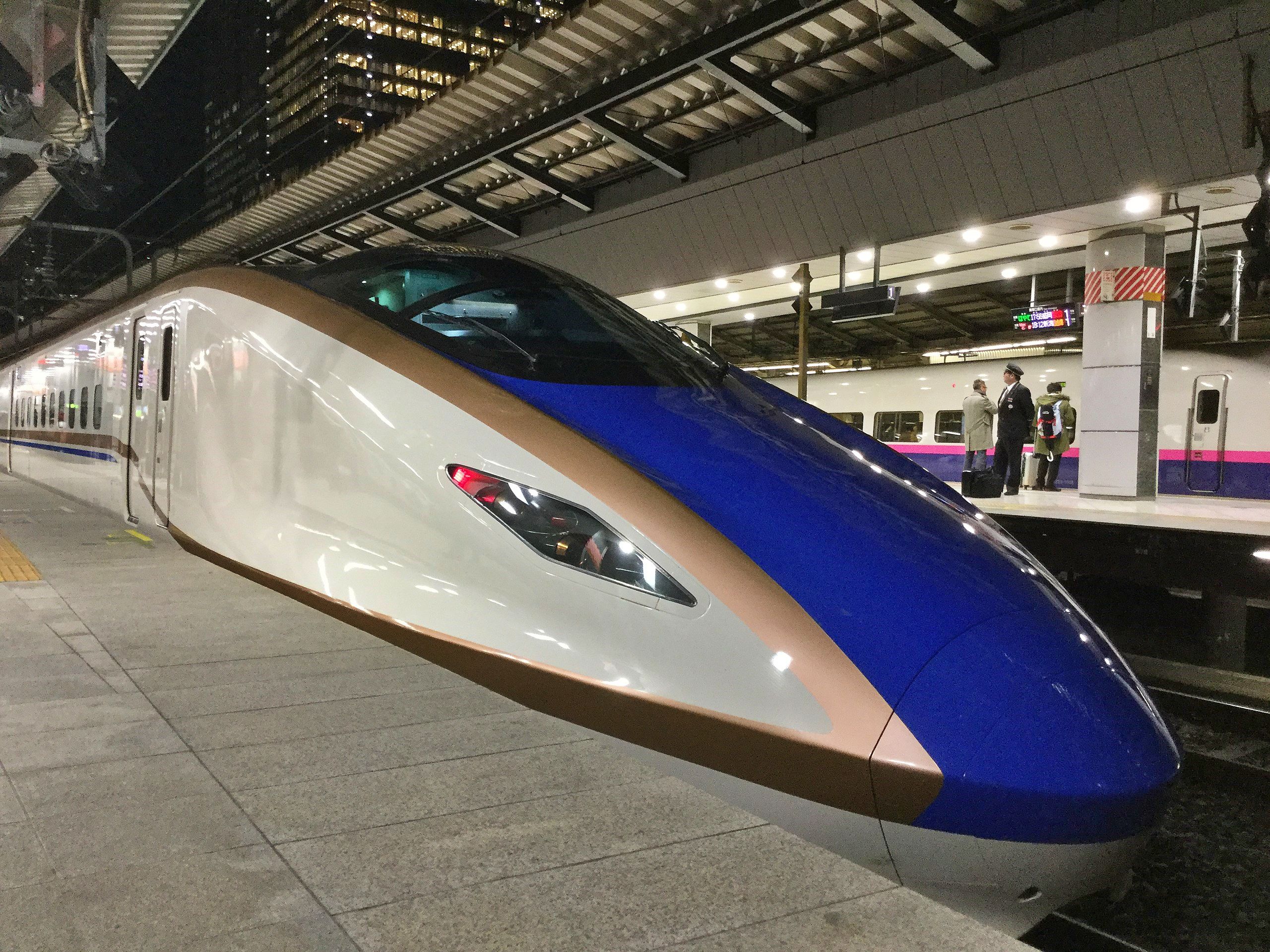
Japan extends the route of the Hokuriku Shinkansen high-speed bullet train
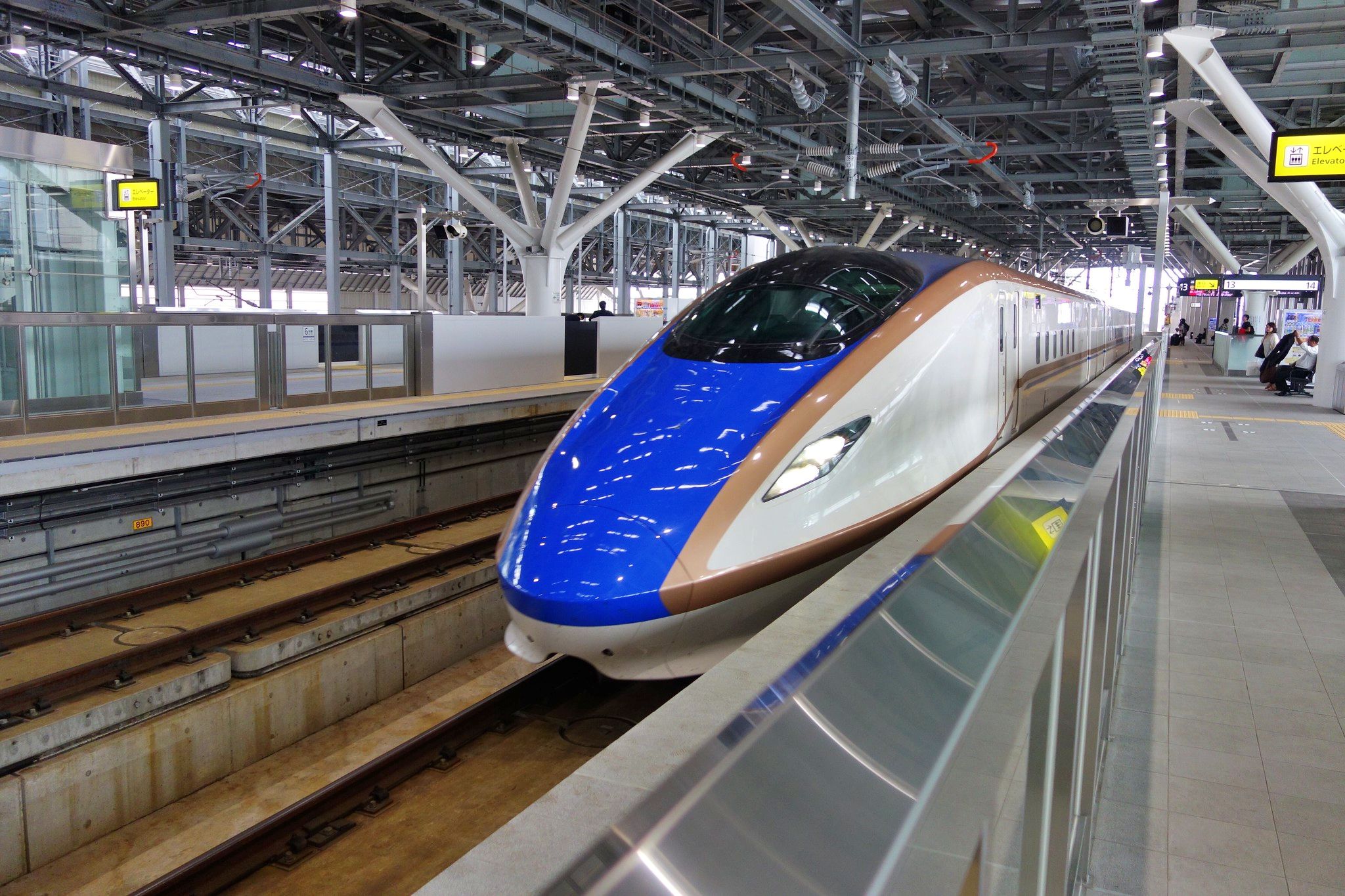
According to CNBC, the extension of the high-speed bullet train route was opened on March 16, 2024, allowing people to explore beyond Tokyo in comfort.
The Hokuriku Shinkansen train is set to take visitors to Japan’s picturesque and remote Fukui Prefecture. Fukui itself is located around 185 miles west of Tokyo and the train route will take visitors through the city of Fukui to the town of Awara and several other places you won’t have heard about before.
Meanwhile, the train’s final stop is at the little-known port town of Tsuruga, which adds around 78 miles to the Hokuriku Shinkansen’s previous Tokyo to Kanazawa route.
What can you expect along the way?
The extension of the Hokuriku Shinkansen route reveals an area of Japan that is far less visited by foreign travelers. Moreover, it has many exciting attractions, including Zen meditation practices, inviting hot spring baths and dinosaurs. The following are some of the highlights of the attractions to be found along the route:
– Fukui Prefectural Dinosaur Museum, Katsuyama
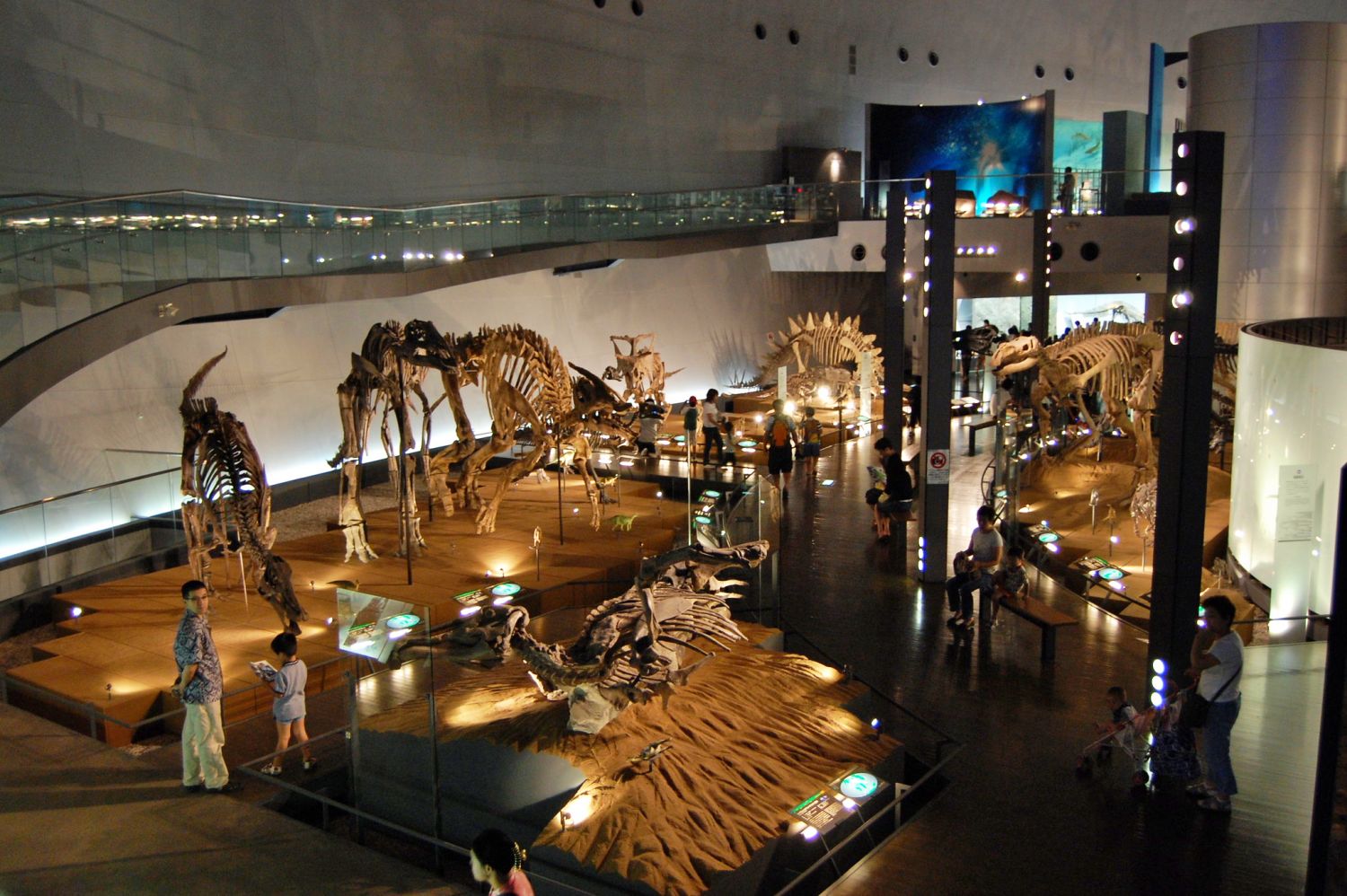
The sprawling museum hosts several dinosaur skeletons, as well as other animal and plant fossils and a diorama with dinosaur reconstruction models and more. Meanwhile, fascinating dinosaur animatronics (robots) reveal the realistic motions of the powerful extinct creatures that can be seen before getting back on the high-speed bullet train.
– Zen Buddhist Temples and Monasteries, Eiheiji
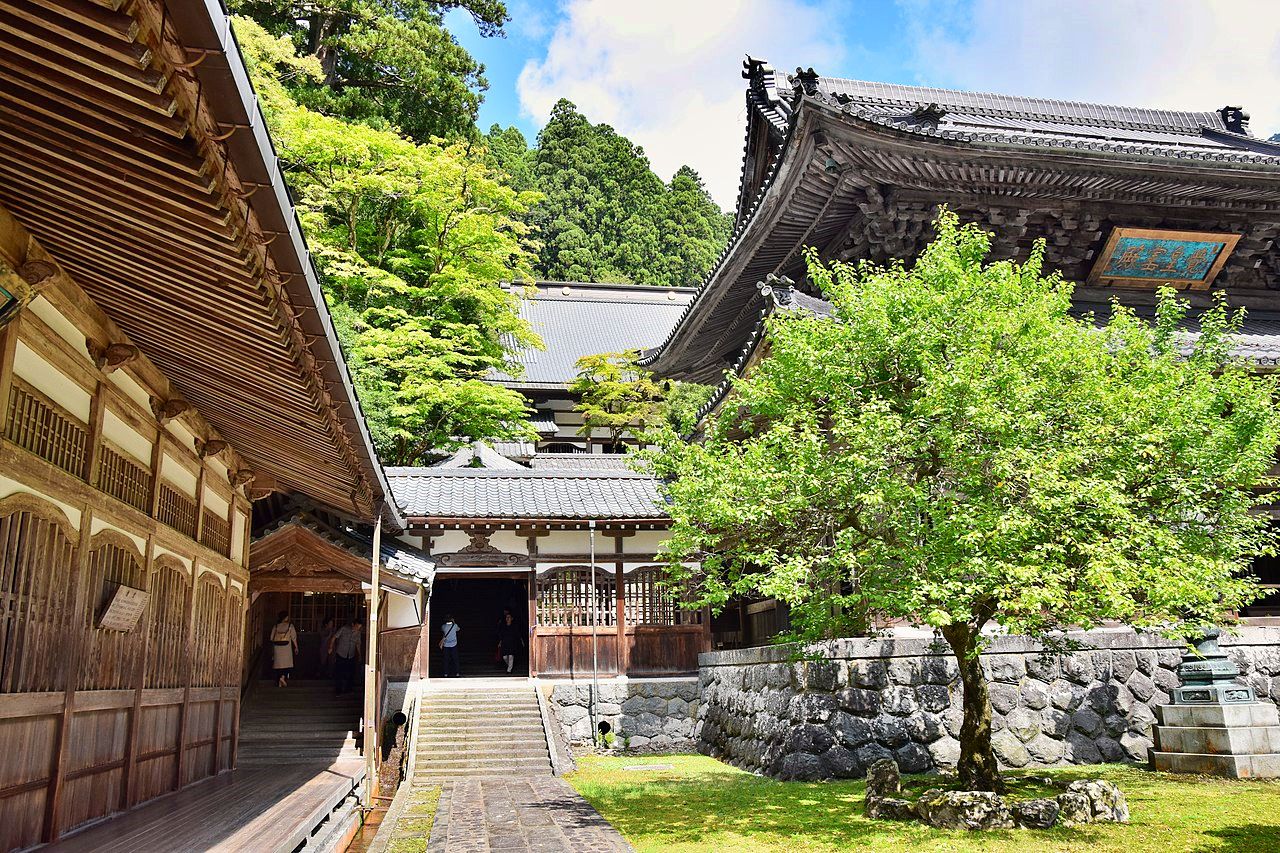
– Port of Humanity Museum, Tsuruga
Visitors jumping off the train at the final stop in Tsuruga can explore many beautiful scenic sites including beachside pine groves. However, one fascinating must-visit is the Port of Humanity Museum in the town. Tsuruga Port is the only port in Japan where Polish orphans landed back in the 1920s, as well as Jewish refugees with what were dubbed “visas for life” in the 1940s.
The museum nestles in a restored building from the period and teaches future generations about the history of orphans and refugees who landed there and how the people of Tsuruga helped and welcomed them.
Find out more about the Hokuriku Shinkansen train and how to access it on the official website here.


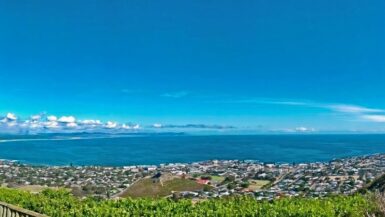
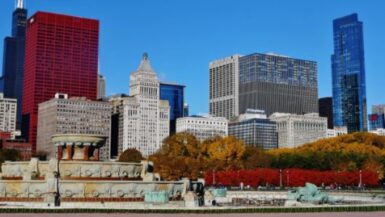
[…] with a cultural fiesta. Alfarnate may have a small population, but it has a close connection with Japan and the iconic Sakura festival. Meanwhile, this makes the village the “Japan of Andalucía” […]
[…] Visited by 20 million tourists each year, the Golden Route takes travelers on a historic and beautiful tour. According to the Japan National Organization, of the 25,066,350 who visited Japan in 2023, an incredible 22,379,962 were international travelers, of which Tourist Japan claims that 63 percent preferred to book their vacation along the Golden Route, making it the most iconic and popular tour through the country. […]